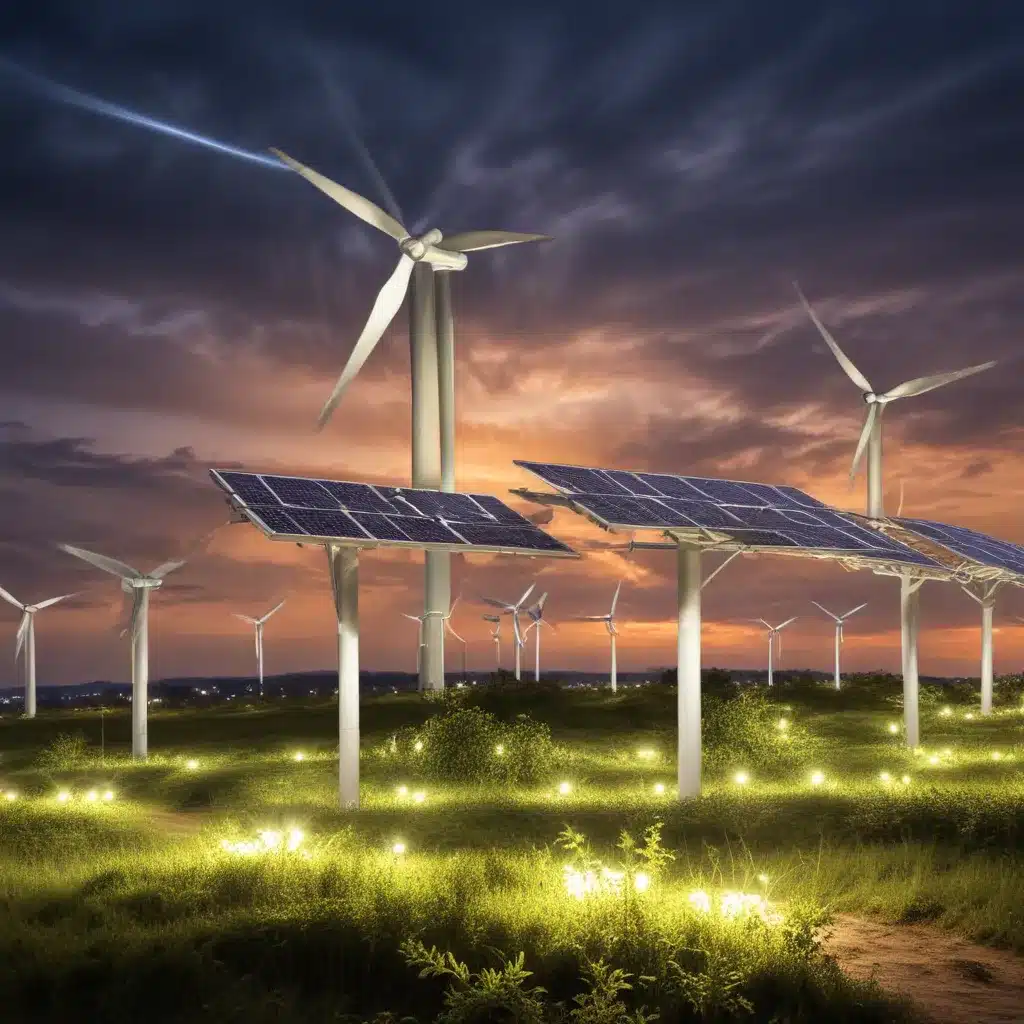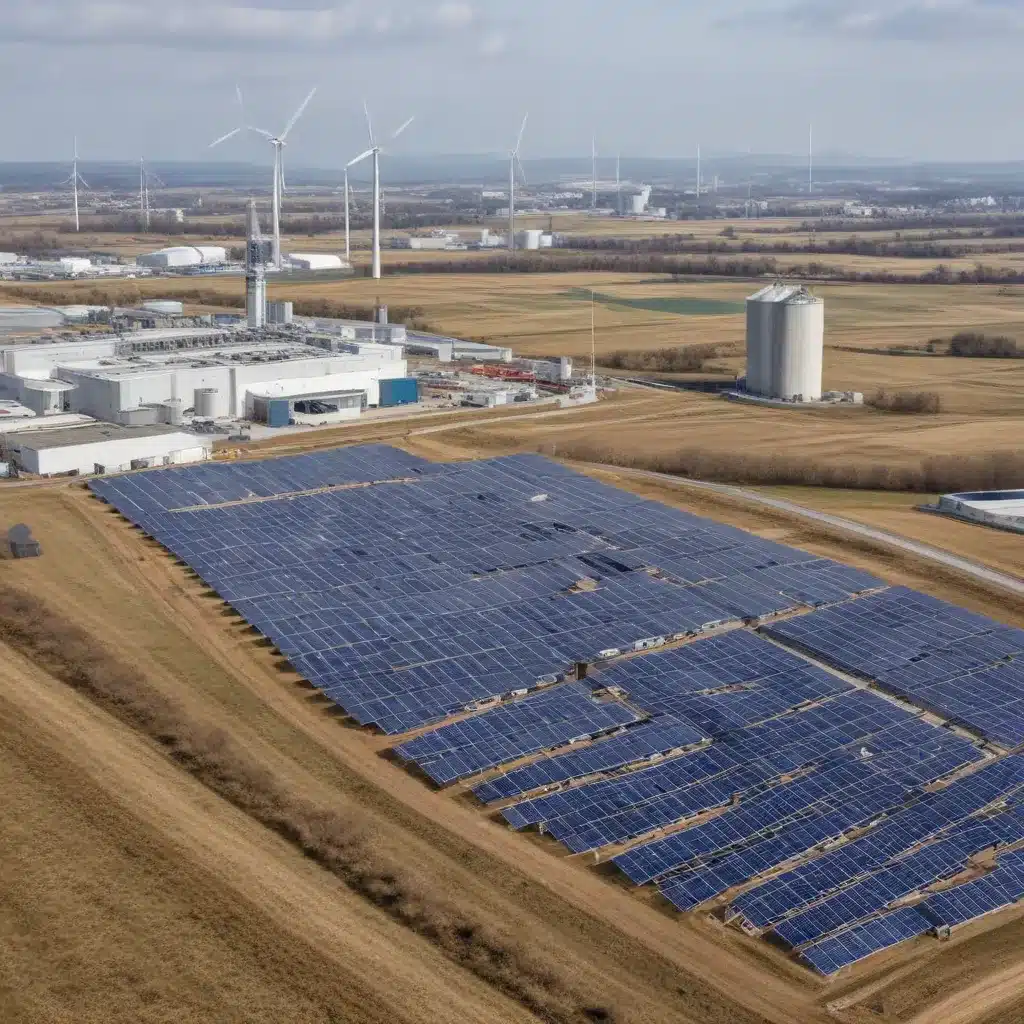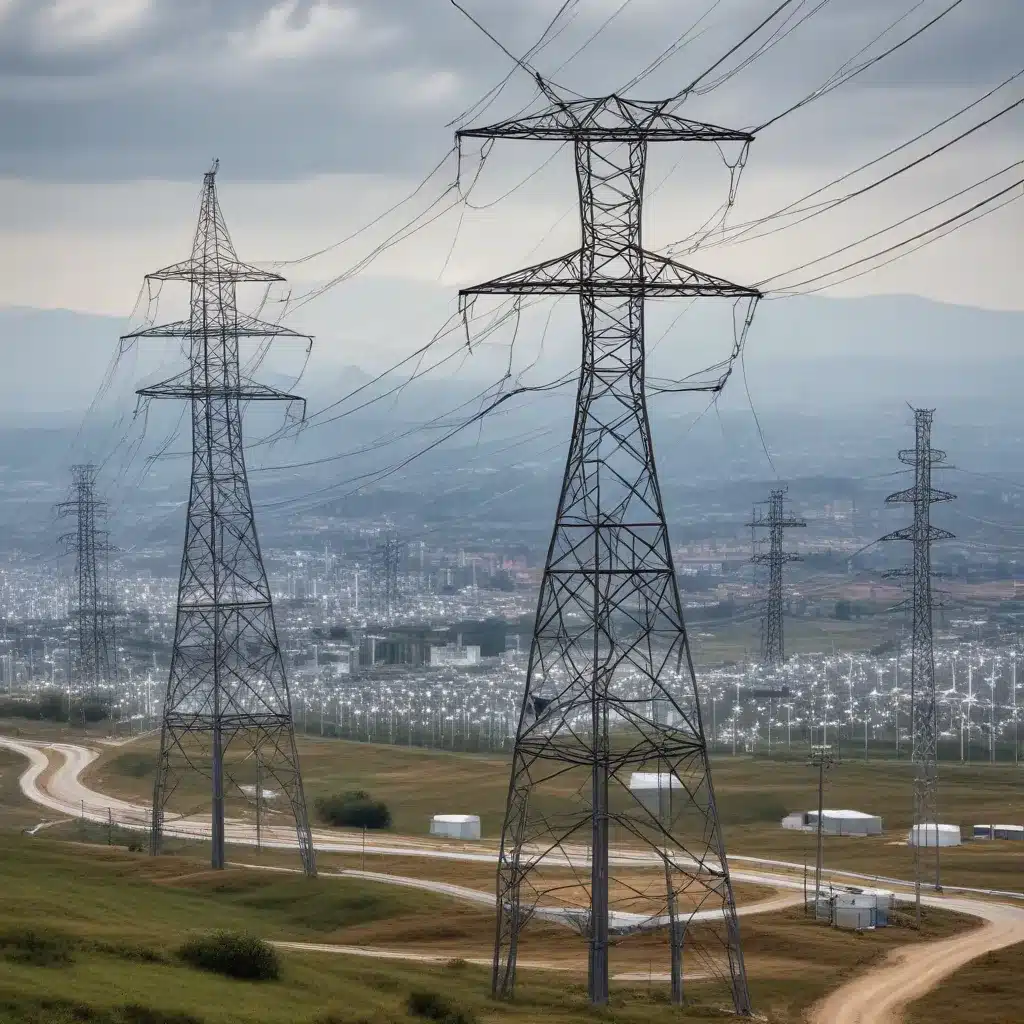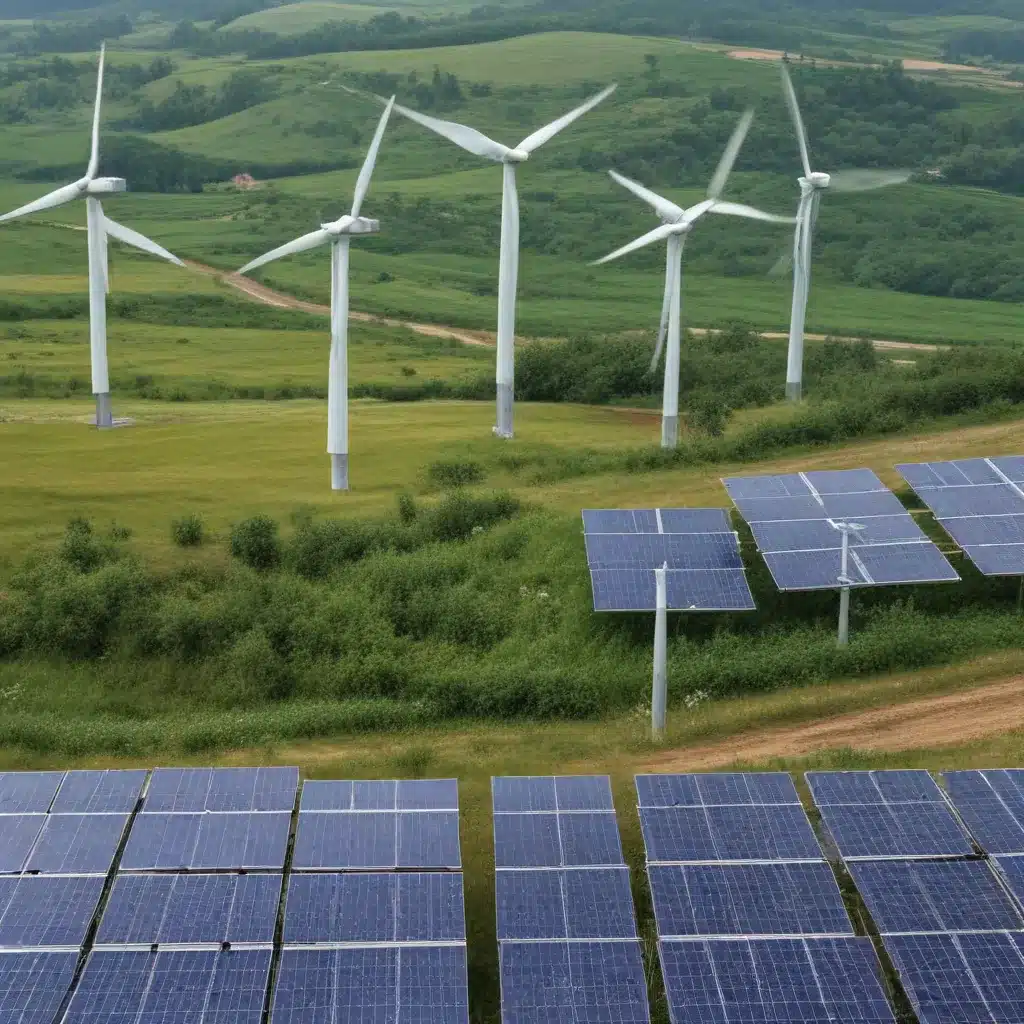Wind turbines have become a popular source of renewable energy, but there are still many myths and misconceptions surrounding them. In this article, we will debunk some of the most common myths about wind turbines and provide you with the truth about this important source of energy.

Myth 1: Wind turbines are noisy and cause health problems
One of the most common myths about wind turbines is that they are noisy and cause health problems. However, this is not true. While it is true that wind turbines do make some noise, it is not enough to cause health problems. In fact, the noise level of a wind turbine is about the same as that of a refrigerator.
There have been some reports of people experiencing health problems due to the noise from wind turbines. However, these reports are very rare and have not been scientifically proven. In fact, a study conducted by the Massachusetts Department of Environmental Protection found that the sound levels from wind turbines were well below the levels that would cause health problems.
Myth 2: Wind turbines are dangerous to birds
Another common myth about wind turbines is that they are dangerous to birds. While it is true that some birds have been killed by wind turbines, the number is very small compared to the number of birds that are killed by other human-related activities, such as building collisions and domestic cats.
In fact, a study conducted by the National Renewable Energy Laboratory found that wind turbines are responsible for less than 0.01% of all human-related bird deaths. Additionally, many wind farms are now being designed and located in areas that are less likely to impact bird populations.
Myth 3: Wind turbines are not reliable
Some people believe that wind turbines are not reliable and that they cannot be relied upon to provide a consistent source of energy. However, this is not true. While it is true that wind turbines do not generate electricity when the wind is not blowing, they can be paired with other sources of energy, such as solar or hydro power, to provide a consistent source of energy.
In fact, wind turbines are becoming increasingly reliable and efficient. Advances in technology have made it possible for wind turbines to generate electricity even in low-wind conditions. Additionally, improvements in maintenance and monitoring systems have made it easier to detect and fix any problems that may arise.
Myth 4: Wind turbines are expensive
Another common myth about wind turbines is that they are expensive. While it is true that the initial cost of installing a wind turbine can be high, the long-term benefits and savings can more than make up for it. Wind turbines have a lifespan of about 20-25 years and require very little maintenance.
Additionally, the cost of wind energy has been decreasing in recent years. According to a study conducted by the Lawrence Berkeley National Laboratory, the cost of wind energy has decreased by about 70% over the past 30 years. This makes wind energy one of the most cost-effective sources of renewable energy.
Myth 5: Wind turbines are ugly and ruin the landscape
Some people believe that wind turbines are ugly and ruin the landscape. However, this is a matter of personal opinion. Many people find wind turbines to be elegant and beautiful, and they have even become a popular tourist attraction in some areas.
Additionally, wind turbines can be designed to blend in with the landscape. They can be painted to match the surrounding environment or designed to look like trees or other natural features.
Conclusion
In conclusion, wind turbines are a safe, reliable, and cost-effective source of renewable energy. While there are still some myths and misconceptions surrounding them, the truth is that wind turbines are an important part of our energy mix and will continue to play a critical role in our transition to a clean energy future. By debunking these common myths, we can help promote a better understanding of wind energy and ensure that it receives the support it deserves.







